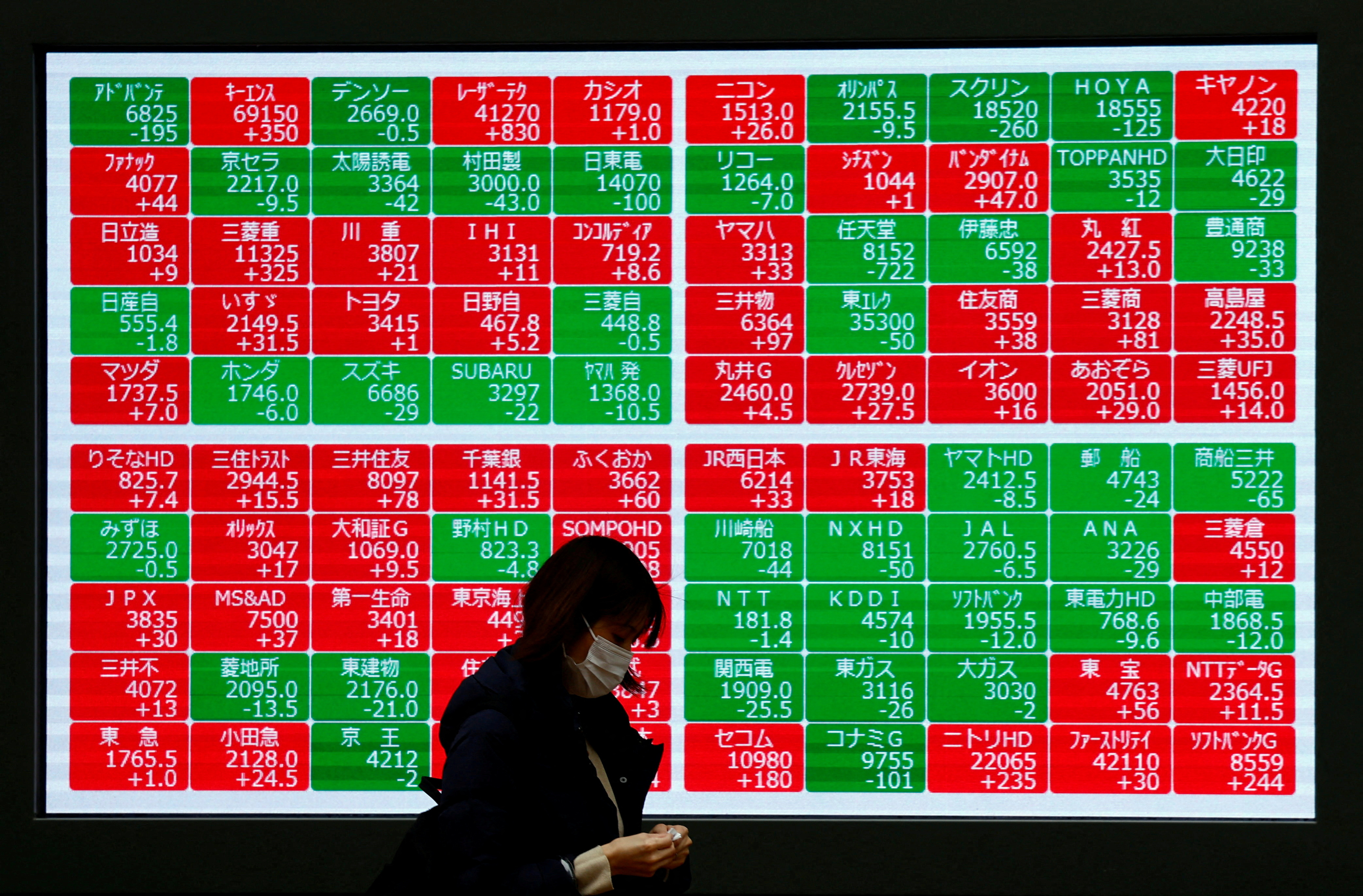
Anxieties about job displacement and income insecurity in the age of artificial intelligence (AI)
History provides reassurance that concerns about job displacement and income insecurity in the age of artificial intelligence (AI) are not new. Each wave of technological advancement, from the Industrial Revolution to the current age of AI, has reshaped the workplace and raised concerns about machines replacing human labor.
Debate on technological unemployment
- Robert Solow and Karl T. Compton argue that while technological progress drives economic growth and prosperity, it can also lead to disruptions in employment.
- Solow emphasizes that income distribution is ultimately a hard societal choice, not solely determined by technological change.
- Erik Brynjolfsson and Andrew McAfee paint a sobering picture of the decoupling between wages and productivity, signaling a potential crisis in income inequality. They argue that professions of all kinds – from lawyers to truck drivers – will be upended, with economic indicators reflecting fewer people working, and incomes stagnating or even falling despite increasing productivity and profits.
- Carl Frey and Michael Osborne’s seminal paper predicts significant job automation in the coming decades, particularly affecting routine tasks, pointing to the hollowing out of the labor market and income polarization in some countries.
- Daron Acemoglu and Simon Johnson caution against assuming AI will generate more jobs than it displaces, calling for policy choices to foster job creation.
- David Autor contends that expert commentators and journalists tend to overstate the extent of job substitution and ignore the strong complementarities between automation and human labor that increase productivity, raise earnings, and augment demand for labor. It should be noted that much of the literature is focused on developed countries with fewer from developing countries.
Will AI-driven transformation be similar or different from earlier economic transformations?
AI has been around for decades, although the hype has peaked and waned. One conjecture is that the impacts might be more dramatic than expected in developing contexts such as in Africa, Asia, and for rural and remote communities. Emerging markets and low-income countries are less well prepared to leverage AI, which could exacerbate the digital divide and cross-country income disparities.
Cross-country studies of labor market exposure to AI reveal that advanced countries face a higher risk due to the prevalence of cognitive-task-oriented jobs; but they are also better positioned to exploit the benefits of AI compared to emerging market and developing economies. Women and highly educated workers also face greater exposure, with high potential complementarity.
The 2016 World Development Report showed for the first time that the labor market is hollowing out in developing countries as well, with low skilled jobs facing increasing competition and declining wages, disproportionally held by the least educated and the bottom 40 percent of the income distribution. The biggest risks may not be massive unemployment but widening inequality, risks of exclusion, and harms. Fei Fei Li, professor of Computer Science and Director of the Stanford Institute for Human-Centered AI, advocates for keeping humanity at the forefront of this technological revolution. Timnit Gebru, a former student of Li’s, emphasizes the need for institutional and structural changes to ensure Ethical AI.
AI’s trajectory is not predetermined, and it can develop in very different directions
The future that emerges will be a consequence of policy choices made today. Carefully calibrated policies should not only foster skill development but also facilitate the adaptive capacity of the workforce to navigate this evolving landscape. Investment in education and alternative skill development formats becomes paramount to use human capital to its full potential. A critical reexamination of the social contract and the hard social choices of income distribution will likely come into play. Social protection systems will need to adapt to support the vulnerable, including job displacement, ensuring economic inclusion in the digital economy and age of AI.
By embracing ethical considerations, proactive policy interventions, and investing in human capital, we can navigate the age of AI while reducing poverty and inequality, fostering inclusion, and boosting shared prosperity for all.
Featured studies on economic policy considerations in the age of AI:
- AI’s trajectory is not predetermined and could be influenced by proactive policy choices. The paper considers the implications of AI on three broad areas of macroeconomic interest with forks in the road for each: productivity growth, income inequality, and industrial concentration. (Brynjolfsson & Unger, International Monetary Fund, December 2023)
- Redirecting AI development towards human-complementary technologies could foster job creation and inclusive economic growth. Policy reforms need to ensure that AI benefits all segments of society and contributes to shared prosperity (Acemoglu & Johnson, International Monetary Fund, December 2023
- AI presents an opportunity to revitalize the middle class by enabling a broader set of workers with complementary knowledge to engage in higher-stakes decision-making tasks carried out by elite professionals such as doctors, lawyers, engineers, and professors. (Autor, NBER Working Paper, February 2024)
- Employers for emerging professions in AI or green jobs have started “skill-based hiring” where university education does not show a premium for AI roles. (Ehlinger & Stephany, CESifo, December 2023)
- Assessing job vulnerability to computerization, this seminal study predicts 47 percent of US employment could be automatable within the next two decades. (Frey & Osborne, Technological Forecasting and Social Change, January 2017)
- Examining the intricate relationship between automation and labor, this paper contends that widespread job loss has not occurred despite concerns. Automation replaces some tasks, but it also complements human labor, increasing productivity and demand for labor elsewhere. (Autor, Journal of Economic Perspectives, Summer 2015)
- Polanyi’s paradox and the history of computerization provides the backdrop for an exploration of labor market polarization and the challenges of substituting machines for human labor in tasks requiring adaptability and creativity. (Autor, NBER Working Paper, September 2014)
- This paper proposes a new methodology to assess AI impacts across countries, noting a gap in research focus between advanced and developing economies. (Carbonero et al., Journal of Evolutionary Economics, February 2023)
- A nuanced exploration of AI’s potential impact on labor markets. AI poses risks of labor displacement through task automation but also holds promise in its ability to boost productivity and complement human labor. Women and highly educated workers face greater exposure with also high potential complementarity. (Pizzinelli et al., IMF Working Paper, October 2023)
- Based on extensive panel data from China, the paper shows AI has a negative effect
SDGs, Targets, and Indicators
1. Which SDGs are addressed or connected to the issues highlighted in the article?
- SDG 1: No Poverty
- SDG 5: Gender Equality
- SDG 8: Decent Work and Economic Growth
- SDG 10: Reduced Inequalities
- SDG 16: Peace, Justice and Strong Institutions
2. What specific targets under those SDGs can be identified based on the article’s content?
- SDG 1.4: By 2030, ensure that all men and women, in particular the poor and the vulnerable, have equal rights to economic resources, as well as access to basic services, ownership, and control over land and other forms of property.
- SDG 5.5: Ensure women’s full and effective participation and equal opportunities for leadership at all levels of decision-making in political, economic, and public life.
- SDG 8.5: By 2030, achieve full and productive employment and decent work for all women and men, including for young people and persons with disabilities, and equal pay for work of equal value.
- SDG 10.4: Adopt policies, especially fiscal, wage, and social protection policies, and progressively achieve greater equality.
- SDG 16.6: Develop effective, accountable, and transparent institutions at all levels.
3. Are there any indicators mentioned or implied in the article that can be used to measure progress towards the identified targets?
- Indicator: Income distribution
- Indicator: Decoupling between wages and productivity
- Indicator: Job automation
- Indicator: Labor market exposure to AI
- Indicator: Digital divide
- Indicator: Labor market polarization
- Indicator: Risks of exclusion and harms
- Indicator: Skill-based hiring
- Indicator: AI impacts on employment
- Indicator: Investments in education and quality of labor force
Table: SDGs, Targets, and Indicators
SDGs Targets Indicators SDG 1: No Poverty Target 1.4: By 2030, ensure that all men and women, in particular the poor and the vulnerable, have equal rights to economic resources, as well as access to basic services, ownership, and control over land and other forms of property. Income distribution SDG 5: Gender Equality Target 5.5: Ensure women’s full and effective participation and equal opportunities for leadership at all levels of decision-making in political, economic, and public life. Labor market exposure to AI Skill-based hiring SDG 8: Decent Work and Economic Growth Target 8.5: By 2030, achieve full and productive employment and decent work for all women and men, including for young people and persons with disabilities, and equal pay for work of equal value. Decoupling between wages and productivity Job automation SDG 10: Reduced Inequalities Target 10.4: Adopt policies, especially fiscal, wage, and social protection policies, and progressively achieve greater equality. Labor market polarization Risks of exclusion and harms SDG 16: Peace, Justice and Strong Institutions Target 16.6: Develop effective, accountable, and transparent institutions at all levels. Digital divide Investments in education and quality of labor force Copyright: Dive into this article, curated with care by SDG Investors Inc. Our advanced AI technology searches through vast amounts of data to spotlight how we are all moving forward with the Sustainable Development Goals. While we own the rights to this content, we invite you to share it to help spread knowledge and spark action on the SDGs.
Fuente: blogs.worldbank.org

Join us, as fellow seekers of change, on a transformative journey at https://sdgtalks.ai/welcome, where you can become a member and actively contribute to shaping a brighter future.






